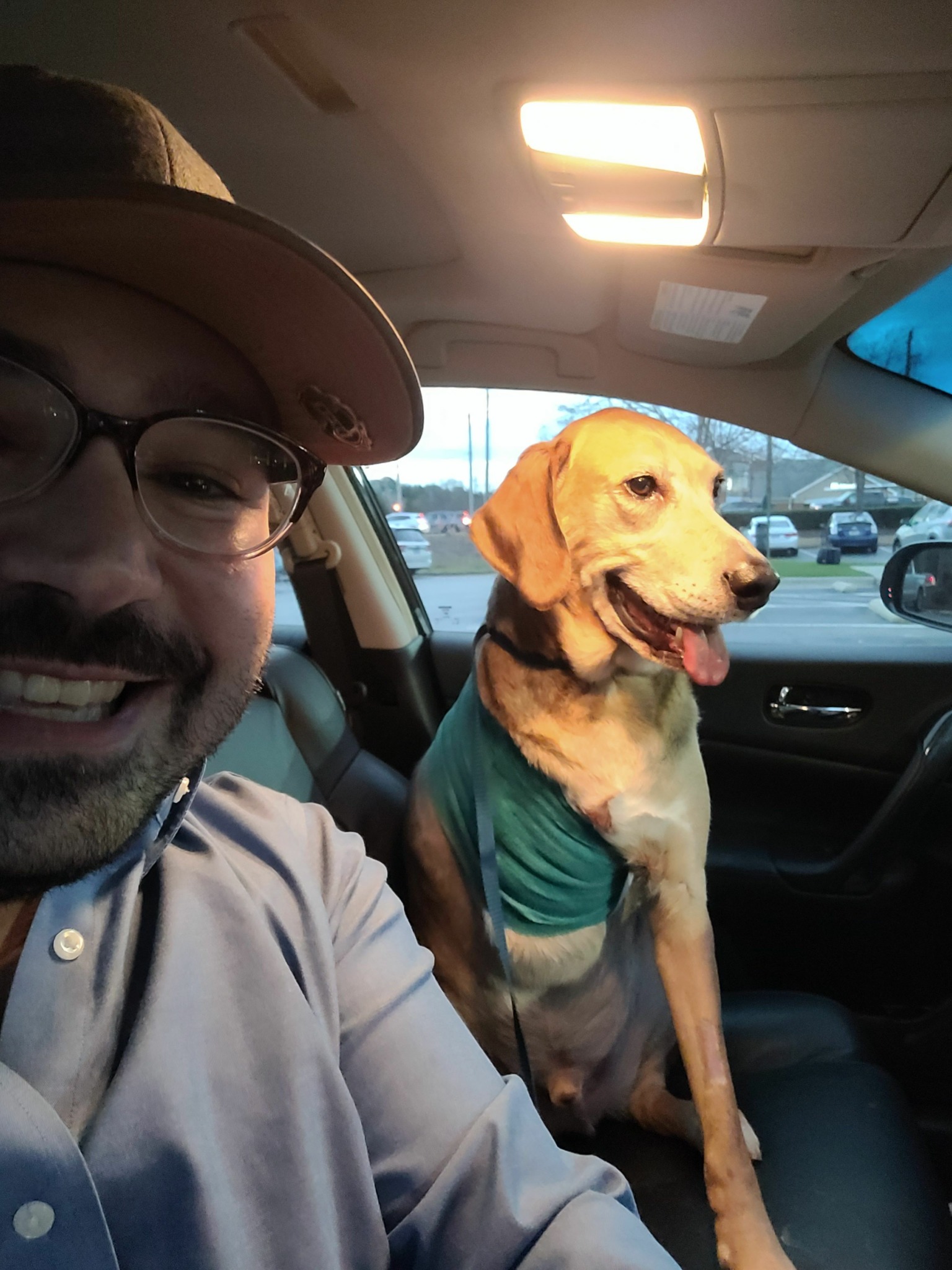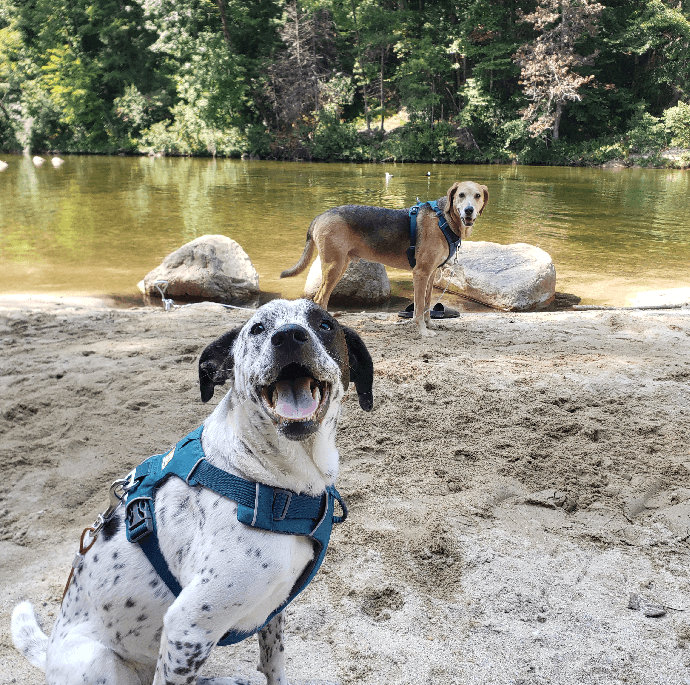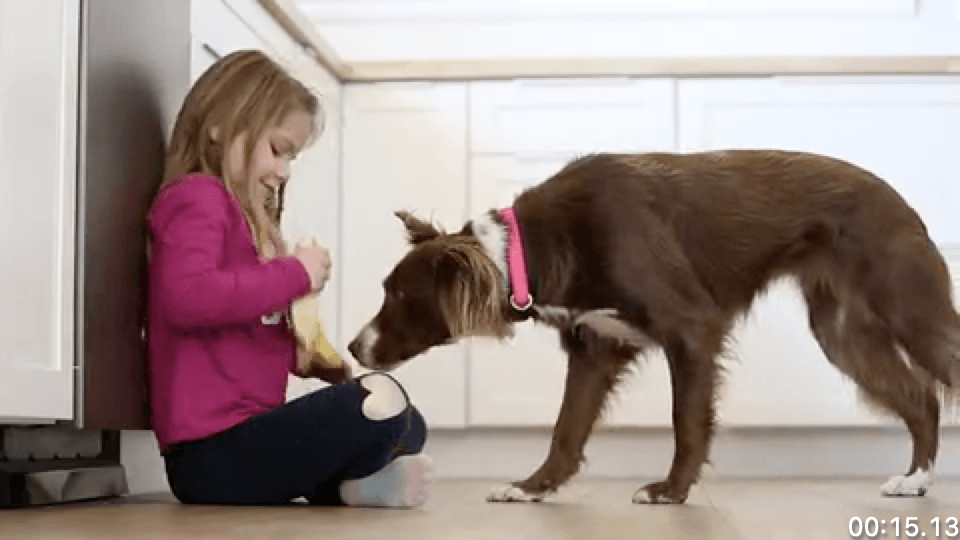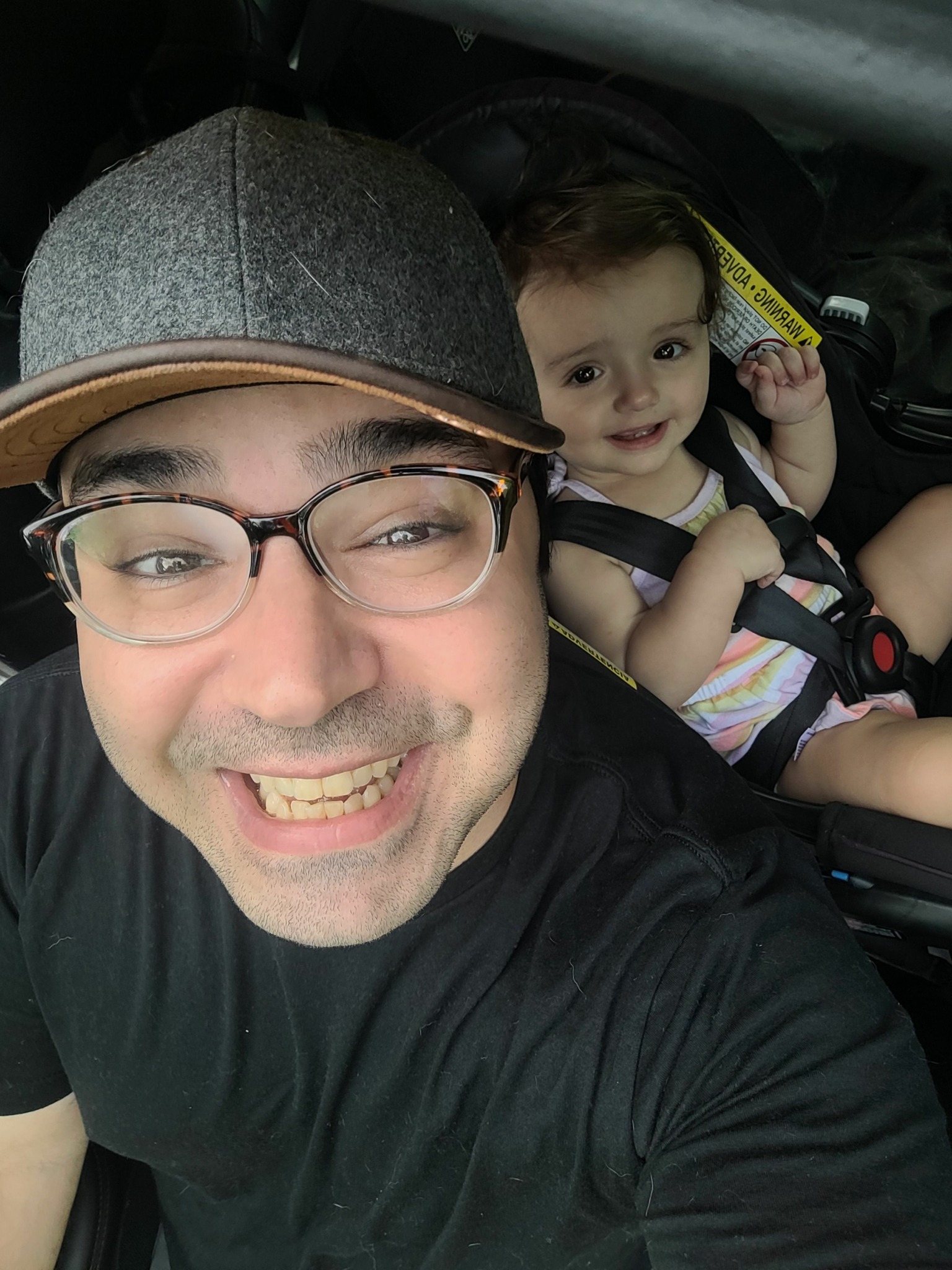Alright – so today we’ve got the honor of introducing you to Misagh Jebeli. We think you’ll enjoy our conversation, we’ve shared it below.
Misagh, thanks for joining us, excited to have you contributing your stories and insights. What’s the backstory behind how you came up with the idea for your business?
The idea for ToxiPets started the day my 3-month-old puppy, Snoopy, got into my wife’s purse and chewed through a bottle of Imodium.
One moment he was being his usual curious self. Minutes later, I was panicking. Googling, calling vets, trying to figure out if I was about to lose him. We rushed him to the ER. After emergency treatment and a $3,000 bill, he made it. But that fear and helplessness stuck with me.
After that, I started digging into what options pet parents really have in emergencies. You can call your vet and hope they answer, try the pet poison helpline, or read one of those “top 100 toxic things” lists that no one remembers or can recognize in the real world. There was no easy way to check if something was dangerous. No way to feel confident that your home was safe.
That’s why I built ToxiPets. You just scan an ingredient, barcode, or object, and it tells you if it’s toxic to your dog or cat.

Misagh, before we move on to more of these sorts of questions, can you take some time to bring our readers up to speed on you and what you do?
At my core, I’m a data and technology enthusiast who’s always been fascinated by how information shapes the world around us. My journey into this field started when I was 17 years old, sitting in my first computer science class. The teacher was explaining how Walmart uses data to organize shelves—how clustering analysis helps place frequently bought-together items next to each other. That idea blew my mind. It was the first time I realized that data wasn’t just numbers; it was a way to understand people, predict behavior, and make better decisions.
Since then, I’ve built a career across both the client and vendor sides of the data world. I’ve helped companies design and scale enterprise data warehouses, optimize their business operations, and use analytics to forecast and plan more intelligently. I also worked at Trifacta and Alteryx, helping major enterprises with their data initiatives, solving complex challenges, and seeing firsthand how impactful clean, accessible data can be.
Alongside my work in data and analytics, I’ve always had a deep passion for AI, machine learning, and especially computer vision. I love tools like Google Lens and the power of models that can understand and interact with the physical world. I spend a lot of time experimenting with new technologies, building tools that bring AI into everyday life in ways that feel simple but solve real problems.
What I am most proud of is that ToxiPets came out of a deeply personal and frightening moment, and we turned it into something that can truly protect lives. Every time a pet parent scans an ingredient or identifies a potential toxin before it becomes an emergency, I know we are delivering on that mission. At first glance, it might seem like a simple problem to solve, but pets get into everything. The fact that we are building what is becoming the world’s largest publicly available toxin database, covering items that are safe, potentially harmful, or toxic, is something I never imagined a small startup could achieve. On top of that, training our AI to recognize everything from plants and insects to food, barcodes, and product labels has been a massive technical challenge. But we are doing it, and it is working.
What I want people to know is that ToxiPets is not about chasing hype. We are here to make a real, lasting impact. Pet safety should not start at the emergency vet. It should start in the home, on a walk, or in the store. The best emergency is the one that never happens, and we are building tools to make that a reality for every pet owner.
![]()
Are there any books, videos, essays or other resources that have significantly impacted your management and entrepreneurial thinking and philosophy?
One of the most impactful things for me has been using deep research tools and AI to speed up how I learn and think through problems. When you’re building something, especially with a small team or on your own, AI gives you leverage. It helps you research, brainstorm, test ideas, and get unstuck faster. It doesn’t replace hard thinking, but it gets you to clarity quicker and levels the playing field in a way that’s never been possible before.
The other big shift for me was learning the power of surrounding yourself with the right founders. Not just anyone building a product, but people who are in it for the long haul, who aren’t chasing overnight success. There’s so much noise out there, especially on places like Reddit r/saas or Twitter, where people post stories about hitting 10k MRR in three weeks. Most of those are fake or exaggerated to make the poster feel good or sell something. When I talk to my mentors, many of whom run successful companies, their stories are full of struggle. Things didn’t click for years. They failed, pivoted, and kept going. That’s the truth. And when you talk to other real founders who are still figuring it out, it grounds you. Sometimes just hearing someone say “Yeah, me too” is what keeps you going.
Therapy has also played a huge role for me. It helped me realize I don’t have to carry the emotional weight of building a company all on my own or offload everything onto my spouse or friends. Just talking things out gives me clarity, and that makes me a more present leader and better decision-maker.

Have you ever had to pivot?
We’re currently evaluating a product positioning pivot for ToxiPets. Up until now, we’ve been presenting it as a pet safety tool. But maybe the real move is to frame it as a pet crisis emergency lifeline. Not proactive. Reactive. Not “scan before,” “be prepared,” or “reduce risk,” but: “Your dog just ate something. You need answers in 10 seconds.” That shift matters because most pet owners aren’t thinking about toxicity prevention. They don’t care until it’s too late. No one really pet-proofs their home until something bad happens. Honestly, if car insurance weren’t legally required, most people wouldn’t bother with that either. Right now, we might be speaking to people who don’t feel the problem yet, when we should be showing up the moment panic hits. That’s when pet owners are scared, emotional, and desperate. And that’s when they’ll act and tell others.
One of the biggest product pivots in our journey with ToxiPets happened right after we launched our first version. We had built a scanner based on a curated list of around 300 known toxins. These were the usual suspects: common foods, plants, and household chemicals that are dangerous to pets. We felt confident going to market. But as soon as people started using it, the gaps became obvious.
Even with just under a million items in our database, it wasn’t enough. Pet owners were scanning barcodes for products we had never seen. That’s when we realized there was no way we could preload every product in the world. So we shifted.
First, we built a product label reader that could pull ingredients straight from packaging. Then, when even that wasn’t enough, we built a live web search agent to find product pages in real-time and extract ingredient lists automatically. That changed everything. We weren’t just matching to a list anymore. We were actively researching as people scanned. That’s when the product started to feel alive.
A few months later, we expanded our toxin database to about 2,000 entries and rolled out version two. It felt like a big step forward. But then the questions changed. Users weren’t just asking, “Is this toxic?” They were asking, “Is this safe?” and “What is this ingredient?”. That opened up a whole new challenge. We weren’t just dealing with toxins anymore. We were now facing over 750,000 unique ingredients and chemical names that needed to be reviewed, categorized, and explained. That shift pushed us to rebrand from ToxiPets: Pet Poison Scanner to ToxiPets: Pet Safety Scanner. We were no longer just flagging dangers. We were decoding everything. By the end, we had written, reviewed, and generated over 300 million words to explain ingredients across safe, warning, and toxic categories. That’s the equivalent of more than 5,000 full-length novels.
Now we’re seeing another shift. More and more users are scanning pet food and treat labels. They’re not just worried about toxins anymore. They want to understand what they’re feeding their pets. We’re not a nutrition company. That was never our original goal. But the demand is there. So in 2025, we’re planning to expand ToxiPets into pet nutrition and wellness. This will move us beyond safety into full transparency.
Each of these moments forced us to pivot. Every one of them came from listening closely to what our users needed. The biggest lesson is that the product will continue to change. The mission stays the same. Keep pets safe and give their humans the clarity they need.
Contact Info:
- Website: https://toxipets.com/app
- Instagram: https://www.instagram.com/toxipetsapp/
- Linkedin: https://www.linkedin.com/in/mjebeli/





